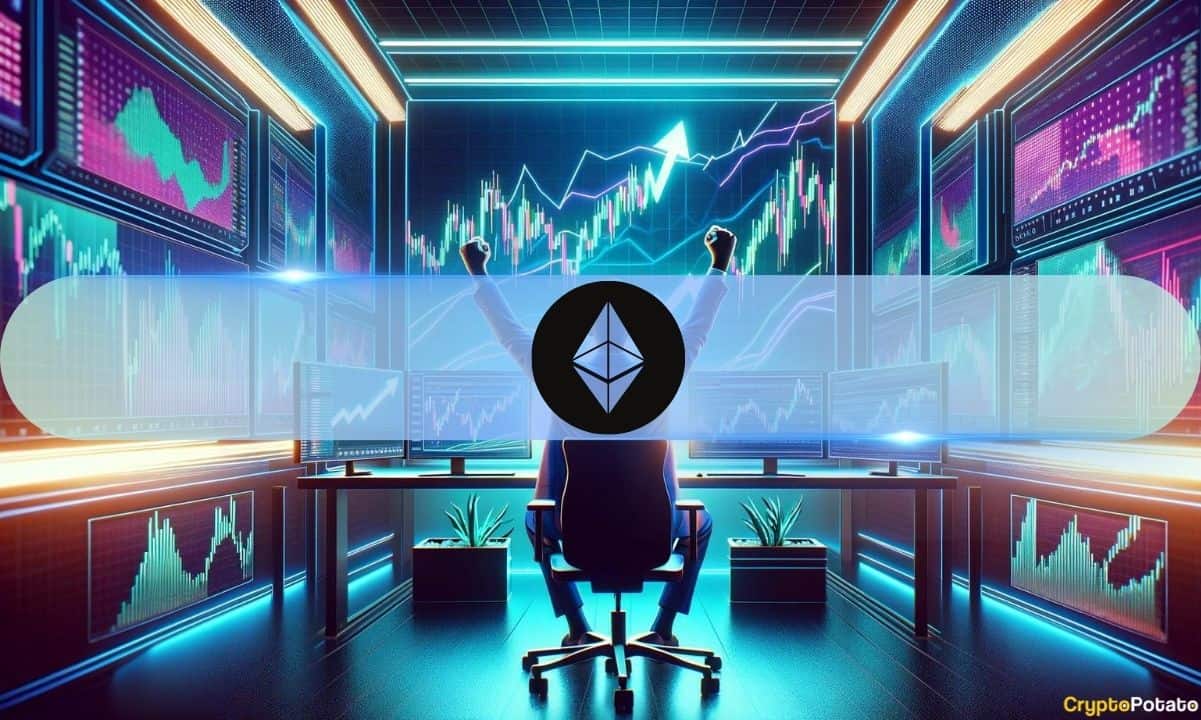When an international team of researchers set out to create an “AI scientist” to handle the whole scientific process, they didn’t know how far they’d get. Would the system they created really be capable of generating interesting hypotheses, running experiments, evaluating the results, and writing up papers?
What they ended up with, says researcher Cong Lu, was an AI tool that they judged equivalent to an early Ph.D. student. It had “some surprisingly creative ideas,” he says, but those good ideas were vastly outnumbered by bad ones. It struggled to write up its results coherently, and sometimes misunderstood its results: “It’s not that far from a Ph.D. student taking a wild guess at why something worked,” Lu says. And, perhaps like an early Ph.D. student who doesn’t yet understand ethics, it sometimes made things up in its papers, despite the researchers’ best efforts to keep it honest.
Lu, a postdoctoral research fellow at the University of British Columbia, collaborated on the project with several other academics, as well as with researchers from the buzzy Tokyo-based startup Sakana AI. The team recently posted a preprint about the work on the ArXiv server. And while the preprint includes a discussion of limitations and ethical considerations, it also contains some rather grandiose language, billing the AI scientist as “the beginning of a new era in scientific discovery,” and “the first comprehensive framework for fully automatic scientific discovery, enabling frontier large language models (LLMs) to perform research independently and communicate their findings.”
The AI scientist seems to capture the zeitgeist. It’s riding the wave of enthusiasm for AI for science, but some critics think that wave will toss nothing of value onto the beach.
The “AI for Science” Craze
This research is part of a broader trend of AI for science. Google DeepMind arguably started the craze back in 2020 when it unveiled AlphaFold, an AI system that amazed biologists by predicting the 3D structures of proteins with unprecedented accuracy. Since generative AI came on the scene, many more big corporate players have gotten involved. Tarek Besold, a SonyAI senior research scientist who leads the company’s AI for scientific discovery program, says that AI for science is “a goal behind which the AI community can rally in an effort to advance the underlying technology but—even more importantly—also to help humanity in addressing some of the most pressing issues of our times.”
Yet the movement has its critics. Shortly after a 2023 Google DeepMind paper came out claiming the discovery of 2.2 million new crystal structures (“equivalent to nearly 800 years’ worth of knowledge”), two materials scientists analyzed a random sampling of the proposed structures and said that they found “scant evidence for compounds that fulfill the trifecta of novelty, credibility, and utility.” In other words, AI can generate a lot of results quickly, but those results may not actually be useful.
How the AI Scientist Works
In the case of the AI scientist, Lu and his collaborators tested their system only on computer science, asking it to investigate topics relating to large language models, which power chatbots like ChatGPT and also the AI scientist itself, and the diffusion models that power image generators like DALL-E.
The AI scientist’s first step is hypothesis generation. Given the code for the model it’s investigating, it freely generates ideas for experiments it could run to improve the model’s performance, and scores each idea on interestingness, novelty, and feasibility. It can iterate at this step, generating variations on the ideas with the highest scores. Then it runs a check in Semantic Scholar to see if its proposals are too similar to existing work. It next uses a coding assistant called Aider to run its code and take notes on the results in the format of an experiment journal. It can use those results to generate ideas for follow-up experiments.
The AI scientist is an end-to-end scientific discovery tool powered by large language models. University of British Columbia
The next step is for the AI scientist to write up its results in a paper using a template based on conference guidelines. But, says Lu, the system has difficulty writing a coherent nine-page paper that explains its results—”the writing stage may be just as hard to get right as the experiment stage,” he says. So the researchers broke the process down into many steps: The AI scientist wrote one section at a time, and checked each section against the others to weed out both duplicated and contradictory information. It also goes through Semantic Scholar again to find citations and build a bibliography.
But then there’s the problem of hallucinations—the technical term for an AI making stuff up. Lu says that although they instructed the AI scientist to only use numbers from its experimental journal, “sometimes it still will disobey.” Lu says the model disobeyed less than 10 percent of the time, but “we think 10 percent is probably unacceptable.” He says they’re investigating a solution, such as instructing the system to link each number in its paper to the place it appeared in the experimental log. But the system also made less obvious errors of reasoning and comprehension, which seem harder to fix.
And in a twist that you may not have seen coming, the AI scientist even contains a peer review module to evaluate the papers it has produced. “We always knew that we wanted some kind of automated [evaluation] just so we wouldn’t have to pour over all the manuscripts for hours,” Lu says. And while he notes that “there was always the concern that we’re grading our own homework,” he says they modeled their evaluator after the reviewer guidelines for the leading AI conference NeurIPS and found it to be harsher overall than human evaluators. Theoretically, the peer review function could be used to guide the next round of experiments.
Critiques of the AI Scientist
While the researchers confined their AI scientist to machine learning experiments, Lu says the team has had a few interesting conversations with scientists in other fields. In theory, he says, the AI scientist could help in any field where experiments can be run in simulation. “Some biologists have said there’s a lot of things that they can do in silico,” he says, also mentioning quantum computing and materials science as possible fields of endeavor.
Some critics of the AI for science movement might take issue with that broad optimism. Earlier this year, Jennifer Listgarten, a professor of computational biology at UC Berkeley, published a paper in Nature Biotechnology arguing that AI is not about to produce breakthroughs in multiple scientific domains. Unlike the AI fields of natural language processing and computer vision, she wrote, most scientific fields don’t have the vast quantities of publicly available data required to train models.
Two other researchers who study the practice of science, anthropologist Lisa Messeri of Yale University and psychologist M.J. Crockett of Princeton University, published a 2024 paper in Nature that sought to puncture the hype surrounding AI for science. When asked for a comment about this AI scientist, the two reiterated their concerns over treating “AI products as autonomous researchers.” They argue that doing so risks narrowing the scope of research to questions that are suited for AI, and losing out on the diversity of perspectives that fuels real innovation. “While the productivity promised by ‘the AI Scientist’ may sound appealing to some,” they tell IEEE Spectrum, “producing papers and producing knowledge are not the same, and forgetting this distinction risks that we produce more while understanding less.”
But others see the AI scientist as a step in the right direction. SonyAI’s Besold says he believes it’s a great example of how today’s AI can support scientific research when applied to the right domain and tasks. “This may become one of a handful of early prototypes that can help people conceptualize what is possible when AI is applied to the world of scientific discovery,” he says.
What’s Next for the AI Scientist
Lu says that the team plans to keep developing the AI scientist, and he says there’s plenty of low-hanging fruit as they seek to improve its performance. As for whether such AI tools will end up playing an important role in the scientific process, “I think time will tell what these models are good for,” Lu says. It might be, he says, that such tools are useful for the early scoping stages of a research project, when an investigator is trying to get a sense of the many possible research directions—although critics add that we’ll have to wait for future studies to see if these tools are really comprehensive and unbiased enough to be helpful.
Or, Lu says, if the models can be improved to the point that they match the performance of “a solid third-year Ph.D. student,” they could be a force multiplier for anyone trying to pursue an idea (at least, as long as the idea is in an AI-suitable domain). “At that point, anyone can be a professor and carry out a research agenda,” says Lu. “That’s the exciting prospect that I’m looking forward to.”




























